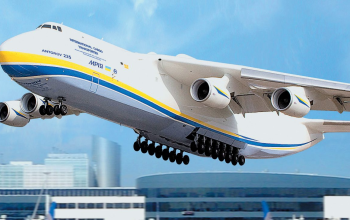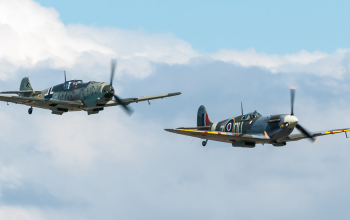The land simply wasn’t enough for these brands, so they took it to the skies.
It’s no doubt that airplanes completely revolutionized transport like automobiles. These airplanes used in many fields such as transport, military force and agriculture, and there are numerous airplane brands that most people know and use, such as Boeing, Airbus, Embraer and so on. However, airplanes weren’t just made by brands that focused on the aviation field solely, numerous brands that are known for their vast automobile history have also tried their hand on manufacturing their own airplane models as well. Some of these brands already have a history with aviation, but not recognized by many. Today, I’ll be taking you on a detour about four well-known car brands that have made airplanes throughout the history of their company and give examples of their models, so grab your coffee and enjoy your flight, make sure to fasten your seatbelts, please!
Ford B-24 Liberator
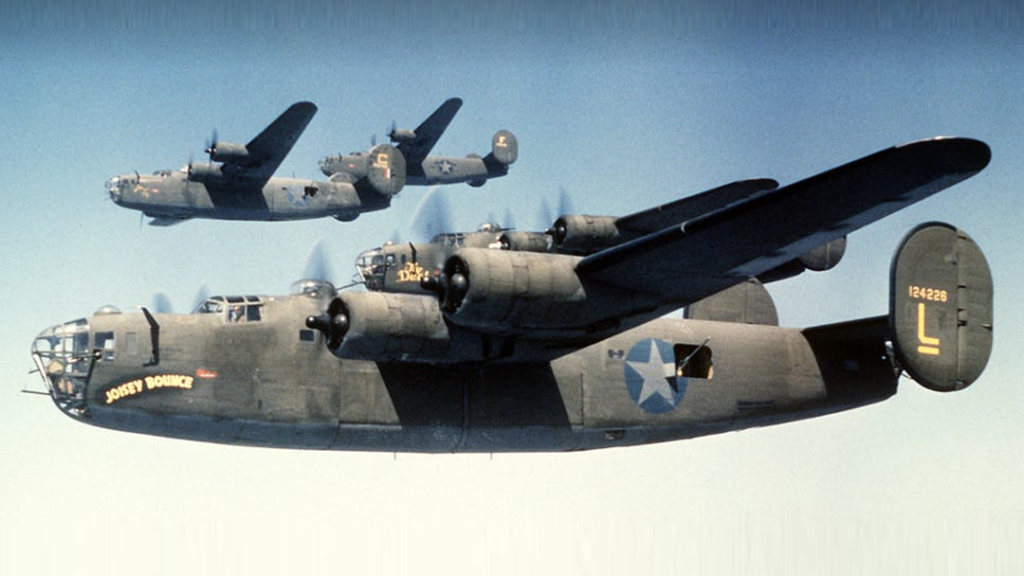
Ford, the masterminds behind the #1 most selling car in the world, Ford Model T, which changed the perspective of automobiles forever, also manufactured a bomber plane for the U.S army during WW2, the B-24 Liberator, in Willow Run, Michigan. Originally designed by Consolidated Aircraft in 1939, a total of 18,500 units were produced, 8,685 of the units were manufactured by Ford Motor Company. It still holds its record of the world’s most produced bomber aircraft, multi-engine aircraft, and American military aircraft. The B-24 was extensively used in WW2 in bombing operations around Japan and Western Europe thanks to its long range. It had a high cruise speed, around 488 km/h (303 mph) and plenty of storage space for the bombs, but had subpar low-speed performance and it was difficult to fly.
The B24 featured ”Dawis wings” designed by Consolidated Aircraft which resulted in lower drag coefficiency that allowed for higher top speeds and lift at low angles during attack. However, the thick wings were abandoned right after WW2 because of their unstable drag during low and high speeds, and the production of the B-24 Liberator was quickly phased out and retired from service in 1945, replaced by a superior rival model, Boeing B-29 Superfortress, which had a top speed of 587 km/h (364 mph). Even though it was retired by U.S Army in 1945, a few B-24 planes were still being used by Indian Air Force until 1968.
Ford Trimotor

Ford also produced Trimotor, nicknamed ”Tin Goose” in 1926, commissioned by Henry Ford himself by investing in Stout Metal Airplane Company and designed by William Bushnell Stout. Like its name suggests, it was powered by three engines. Prototypes of these engines were named Stout 3-AT, but the improved 4-AT and 5-AT engines were used respectively. The nickname ”Tin Goose” comes from the fact that the plane was built completely with metal. It was originally intended to be used for civil aviation, but it saw military service as well, thanks to its practicality.
The Trimotor featured corrugated wings and bodywork which resulted in less weight, higher top speed and less building costs. A total of of 199 Trimotors were produced between 1926 and 1933 before production was ceased. During their service, they were used extensively by Transcontinental Air Transport and Pan American Airways with scheduled flights from Key West to Havana by PAN AM, and Port Columbus to Waynoka by TAT. The Trimotor was praised for its cheap maintenance costs and rugged dependability. Stout attempted to create new versions of the Trimotor in 1954 but the design was too dated for its time. One of the examples is on display in The Smithsonian’s National Air and Space Museum.
Mitsubishi Regional Jet
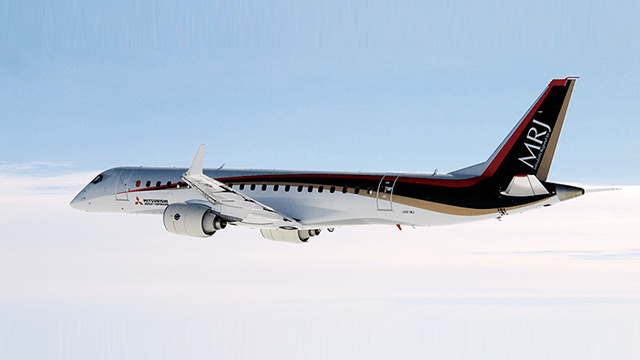
Mitsubishi is a multi-industry company that operates in huge amounts of industries such as telecom, automotive, real estate, electronics and heavy industry, but since Mitsubishi Motors, the automaker is the most commonly known company in the family, the Mitsubishi Regional Jet might be a surprise for some. The Regional Jet, later named SpaceJet, had a rocky development process. It was first announced back in 2007 but it wasn’t until 2015 that the test bed MRJ70 had its maiden flight for the first time. However, the production was delayed more than expected and the production was finally halted after the crushing effects of COVID-19 on aviation. However, the cancelled MRJ70 is replaced with M100 SpaceJet and Mesa Airlines recently agreed to buy 100 M100 Spacejets in 2024.
The Regional Jet uses aluminium for its bodywork and two Pratt & Whitney PW1000G jet engines offering 15,000 lbf of thrust. The MRJ70 was designed to seat up to 76 passengers and had a top speed of 905 km/h (562 mph). The delays on the development and extensive factors like the recent pandemic however, sledgehammered the production of the new M90 and M100 models to 2023.
Saab JAS 39 Gripen
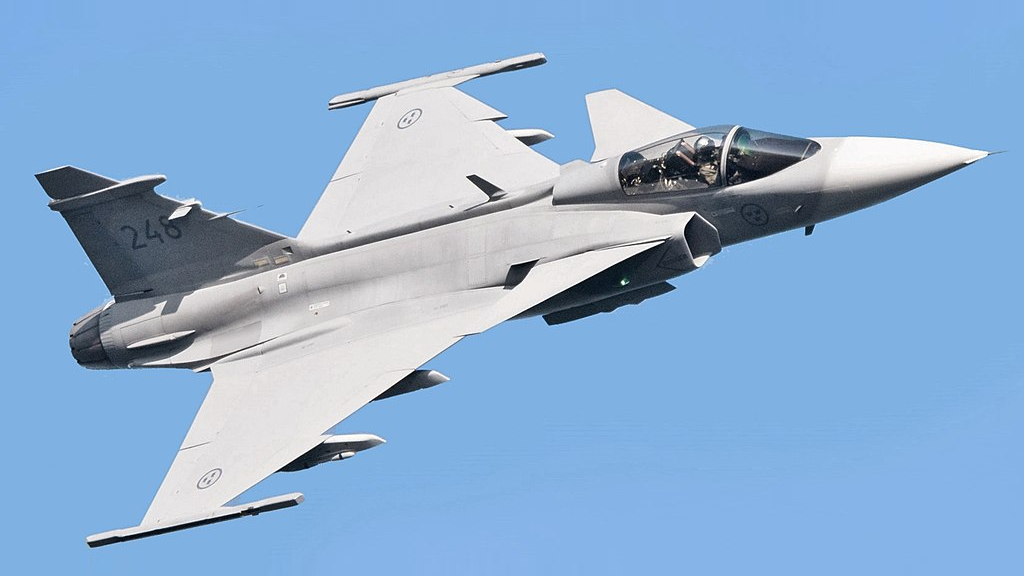
Unlike Mitsubishi, Saab is mainly known as a car manufacturer by many with their iconic models like the 900 Turbo and 9-5. However, Saab was originally founded as an aerospace and defence company which built successful commercial airliners like the 340, but we’ll take a look at their fighter jet, the JAS 39 Gripen instead. The production of the Gripen started in 1987 and it flew for the first time a year later. It entered the service of Swedish Air Force in 1996 and still used by South African, Brazilian and Czech Air Forces as well. A total of 271 Gripens are built up to now and a newer, better generation named 39E/F Gripen is expected to enter service in 2023.
The Gripen features delta wing and canard configuration with fly-by-wire flight controls. The JAS 39 Gripen features a Volvo RM12 turbofan engine, but it’ll be replaced with the General Electric F414G engine, known to be much more efficient and easier to maintain. The Gripen can get up to Mach 2+ top speed, around 2.130 km/h (1323 mph) and has a 3000 km of range.The F414G engines will allow Gripen to supercruise, which means that the plane can fly at supersonic speeds without the use of an afterburner. It seems like Saab excelled on aerospace more than automobiles, as the automobile division was defunct in 2016 whereas the aviation section of the brand seeks to develop the Gripen further.
HondaJet

Just like Mitsubishi, Honda has been working on manufacturing aircraft as well. The Honda Aircraft Company was founded in 2006 with its headquarters located in Greensboro NC, US. It initially started as a top secret research project within Honda R&D in 1986, led by just four people. Michimasa Fujino, the lead designer, developed the first ”HondaJet” prototype in 1997 and the development began in 2000 and the concept was kept a secret from the mass. It had its maiden flight in 2003 but it wasn’t until 2015 when it received its FAA type certificate. The first delivery was made a month later and 200 jets have been delivered by the end of 2021.
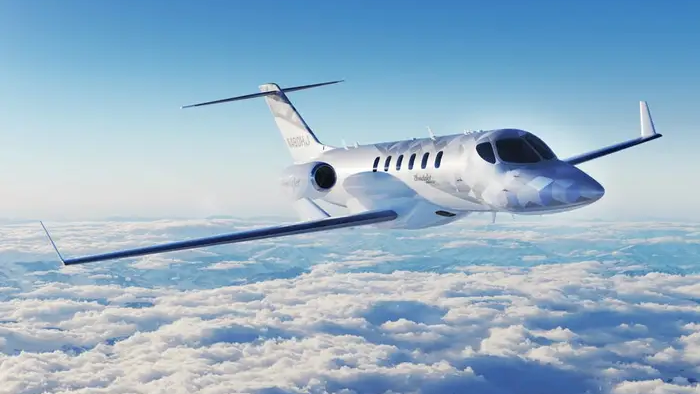
Designed as a light and compact business jet, the HondaJet can seat up to 8 people and powered by two GE Honda HF120 engines which allows for a maximum top speed of 780 km/h (484 mph). It features composite fuselage and aluminium wings. The engines are mounted on pylons that are above the wing, giving it an unusual look without sacrificing actual performance. It has an impressive, 2,600 km (1400 mi) of range, but the range can be extended up to 2,661 km with an auxiliary fuel tank. Honda also announced a new concept based on the HA420 model, the 2600 Concept which features a stretched fuselage that doubles the range of the existing model (4,862 km) which would allow it to fly transcontinentally and extends the seating up to 11. Honda continues to develop HondaJet further with the sales getting better and better.
It’s always interesting to see airplanes that are made by well known car brands. It demonstrates the expansion of their horizon to more fields which mutually aids the development of both their automobile and aviation technology. Whether it’s left in the past or still ongoing, seeing these car brands in the skies surely illustrate their success and ambition to evolve further.

